Are you interested in military history? These are the must-visit war museums in Brandenburg:
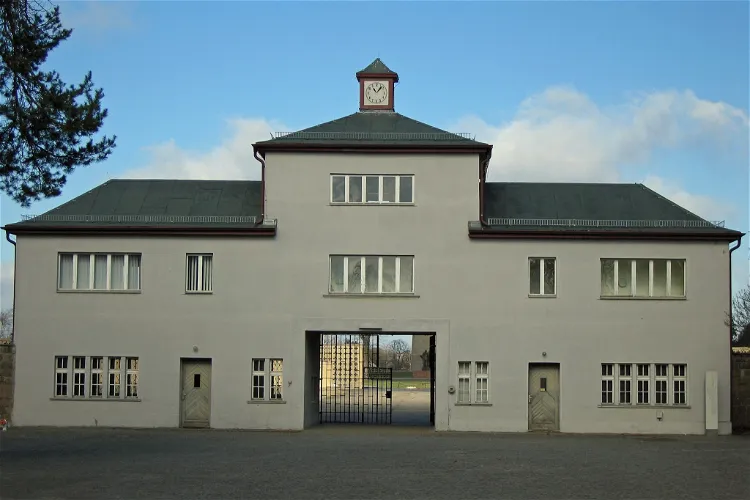
Memorial and Museum Sachsenhausen
OranienburgSachsenhausen, located in the region of Oranienburg in Brandenburg, Germany, was a concentration camp that was active from July 1936 to April 1945. This historical site provides a glimpse into a dark period of human history, and serves as a reminder of the atrocities committed during the Second World War.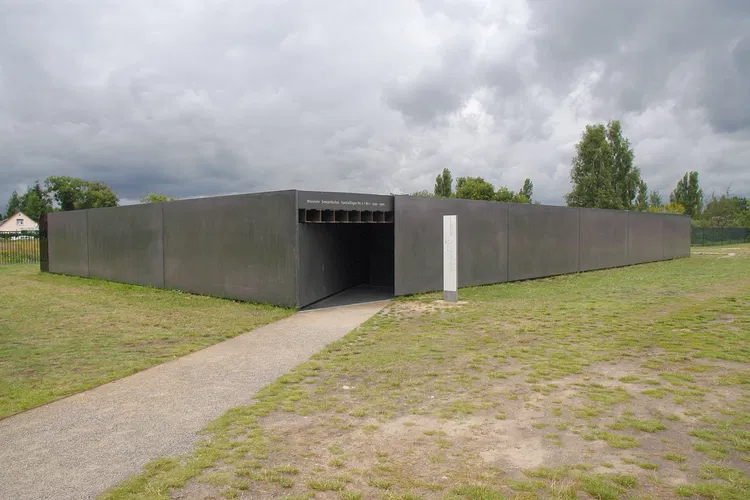
NKVD special camp Nr. 7
OranienburgPresently, the Sachsenhausen Memorial and Museum stands on the site of the former Sachsenhausen Special Camp. The institution serves as a place of remembrance and learning, as well as a modern museum of contemporary history. It follows a decentralized approach, aiming to make history tangible to visitors at the authentic locations where it unfolded.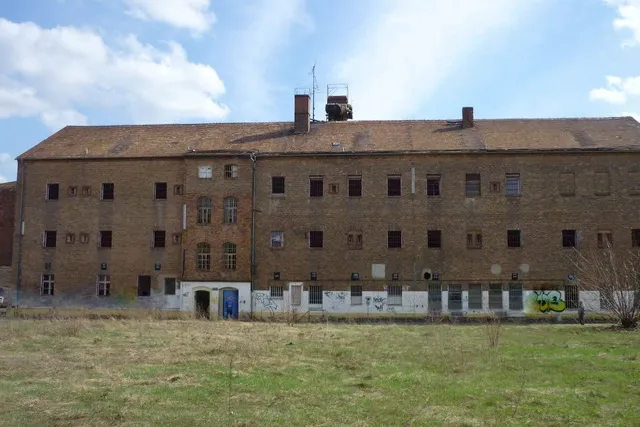
Gedenkstätte Zuchthaus Cottbus
CottbusThe Gedenkstätte Zuchthaus Cottbus, a former prison in Cottbus, is a significant historical site. It was opened in 1860 after three years of construction. This site offers a unique insight into the history of the region and the country's penal system.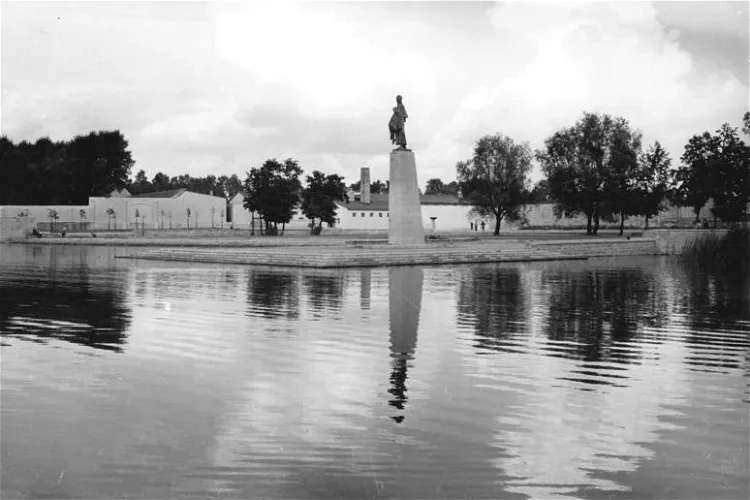
Mahn- und Gedenkstätte Ravensbrück
Fürstenberg/HavelThe Ravensbrück Memorial and Museum is a significant historical site located in the city of Fürstenberg/Havel. It serves as a memorial for the victims of several Nazi concentration camps, including Ravensbrück and neighboring camps. The site was part of the SS forced labor system during World War II.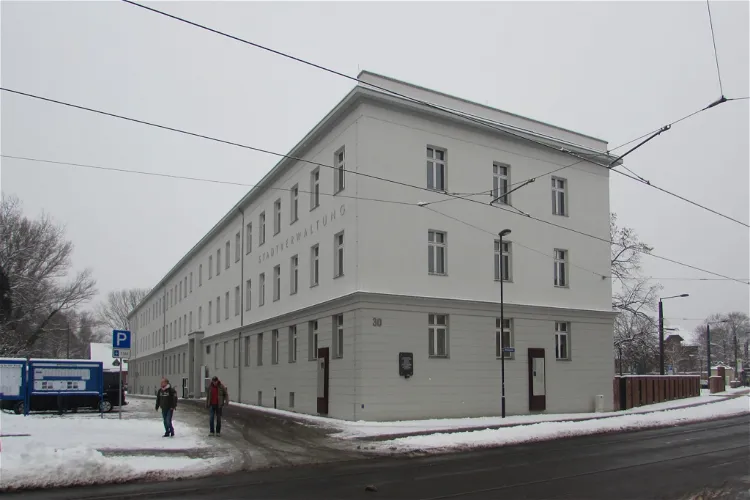
Brandenburg Euthanasia Centre
Brandenburg an der HavelThe Brandenburg Euthanasia Centre, also known as the Brandenburg an der Havel State Welfare Institute, was established in 1939. It was part of the Nazi euthanasia programme, which was later referred to as 'Aktion T4' after the war. This historical site provides a glimpse into a dark chapter of human history, where nearly 10,000 people, primarily those with mental and physical disabilities, were murdered.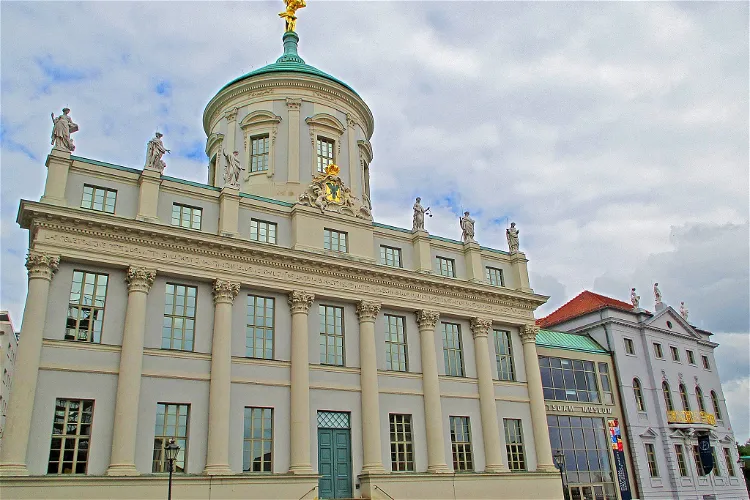
Potsdam Museum
PotsdamThe Potsdam Museum, established in the early 20th century, is home to an impressive collection of over 250,000 objects. This makes it one of the largest repositories of art, culture, and regional history in the state of Brandenburg. The museum's collection reflects the civic engagement and collecting passion of its founders, offering a rich and diverse insight into the region's past.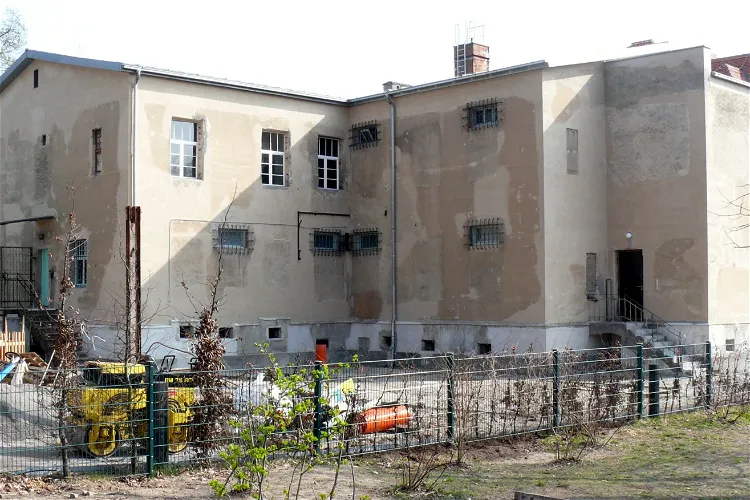
KGB Prison, Potsdam
PotsdamThe KGB Prison remained operational until the dissolution of the KGB in 1991. Post this, it was used as a warehouse. In 1994, following the withdrawal of the Soviet/Russian troops from Germany, the prison was returned to the Evangelical Church Aid Association.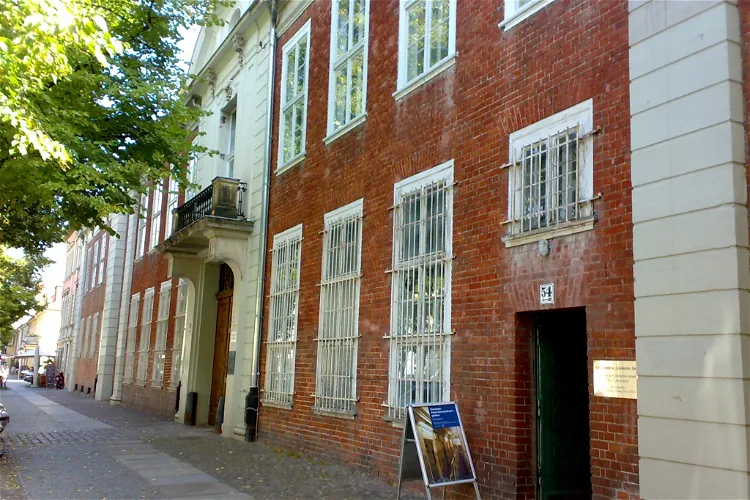
Gedenkstätte "Lindenstr. 54/55"
PotsdamThe Lindenstraße 54/55 memorial in Potsdam is a significant site that commemorates the political persecution that took place during both German dictatorships. The building, colloquially known as the "Lindenhotel", served as a detention center for political prisoners during the Nazi era. After the war, it was taken over by the Soviet secret service NKWD / MGB and later the Stasi of the GDR, continuing its function as a detention center.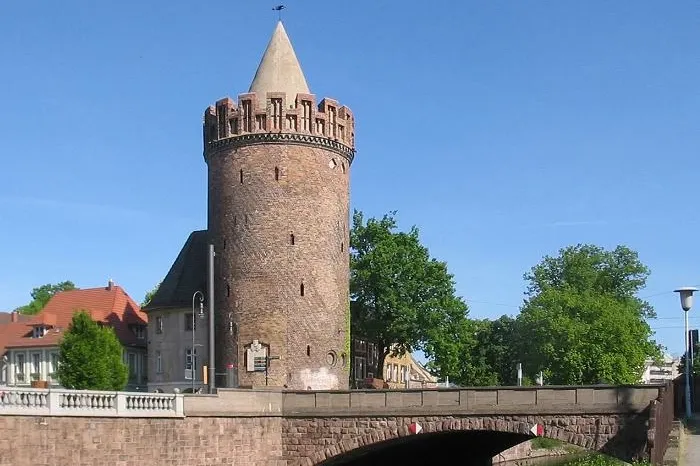
Steintorturm
Brandenburg an der HavelThe Steintorturm is a significant historical structure in Brandenburg an der Havel. It stands as one of the four remaining gate towers of the two cities of Brandenburg, out of the original eight. This tower is part of the medieval fortification system that once consisted of ten gates, making it a key part of the city's historical defense system.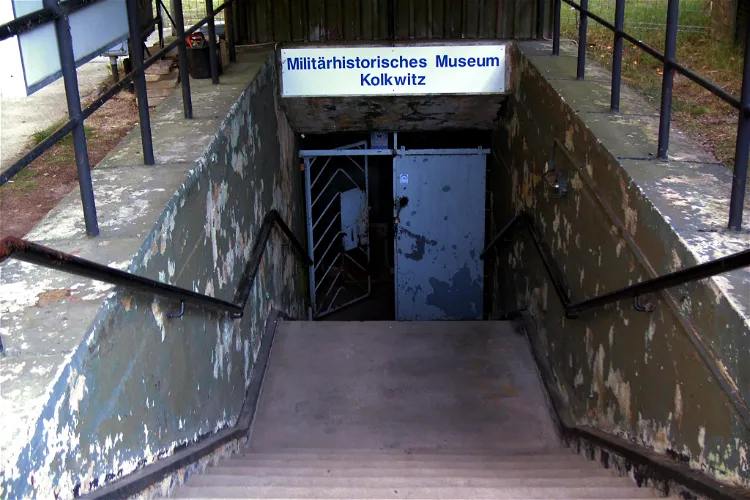
Bunker Kolkwitz
KolkwitzThe Bunker Kolkwitz is conveniently located about 12 kilometers west of Cottbus, in the municipality of Kolkwitz. It is situated on the edge of the "Am Technologiepark" industrial area, making it easily accessible for visitors.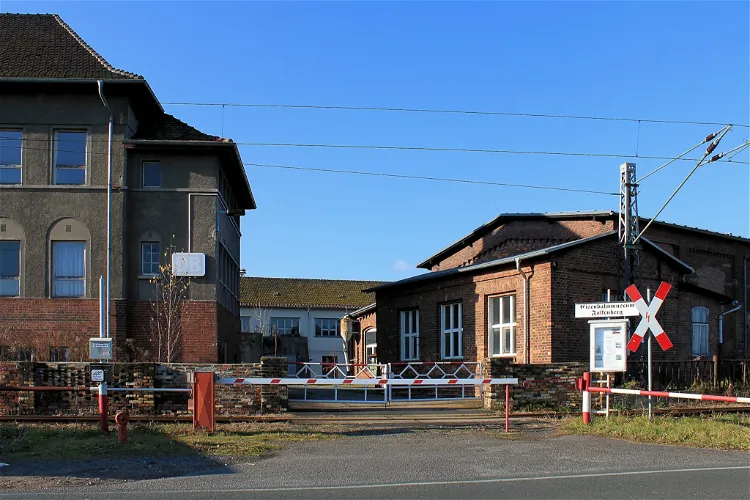
Brandenburgisches Eisenbahnmuseum Falkenberg (Elster) e.V.
Falkenberg/ElsterThe Brandenburg Railway Museum Falkenberg (Elster) is a unique museum situated in the former canteen of the once railway depot of Falkenberg (Elster) station. This location gives the museum an authentic atmosphere, allowing visitors to immerse themselves in the history of the railway.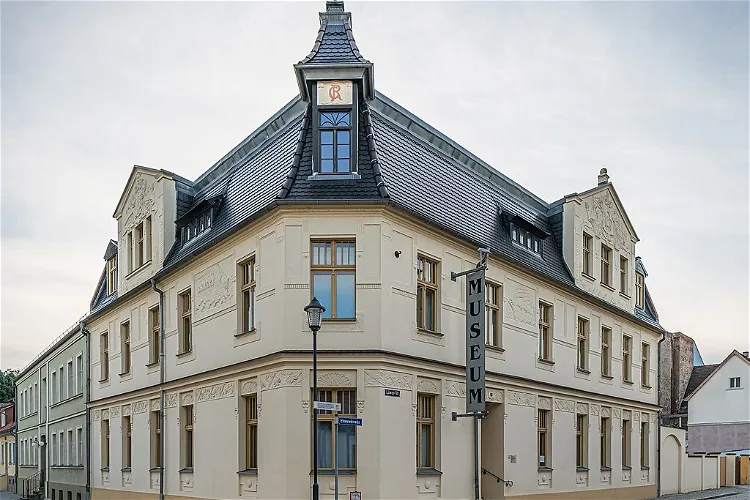
Städtischen Museum Eisenhüttenstadt
EisenhüttenstadtThe Städtische Museum Eisenhüttenstadt, established in 1980, is a multi-faceted institution with three distinct locations. These locations offer a comprehensive view of Eisenhüttenstadt's city history, an art gallery featuring works from the German Democratic Republic (GDR), and a fire brigade and technology museum. This diversity provides visitors with a broad understanding of the city's past, its artistic heritage, and its technological advancements.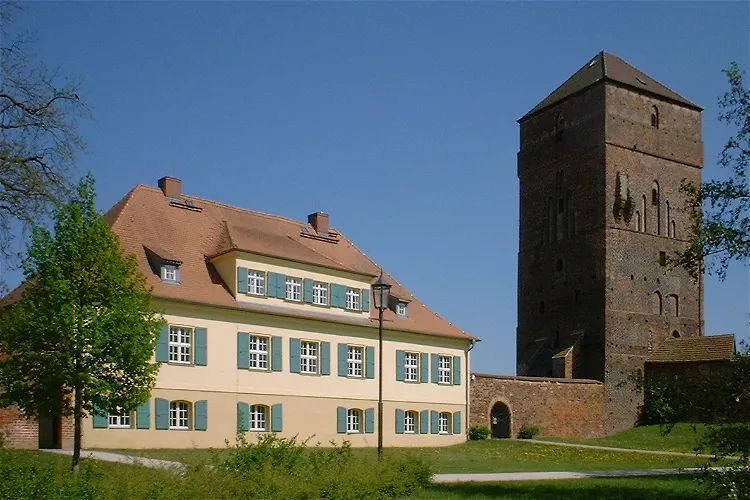
Museum des Dreißigjährigen Krieges
Wittstock/DosseThe Museum of the Thirty Years' War is situated in the seven-story tower of the late medieval Old Bishop's Castle in Wittstock an der Dosse. This location is significant as it was one of the scenes of the Thirty Years' War, which took place from 1618 to 1648.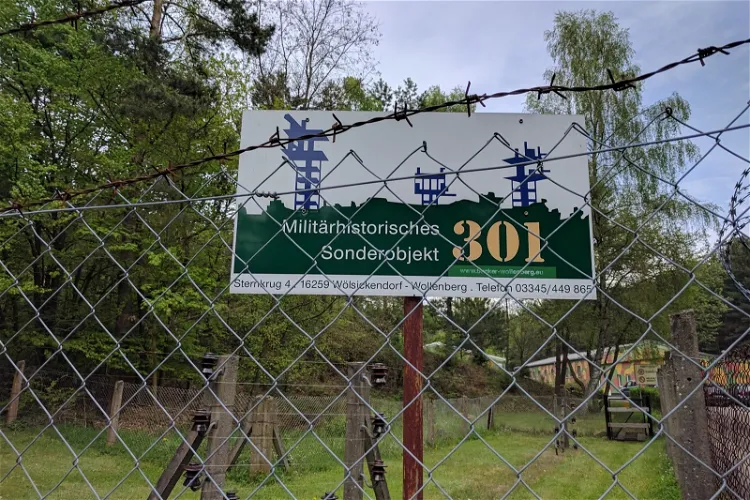
Militärhistorisches Sonderobjekt 301 Wollenberg e.V.
HöhenlandThe Wollenberg Bunker is currently managed by the local association "Militärhistorisches Sonderobjekt 301 Wollenberg e. V.". This group has worked tirelessly to restore the bunker and its surrounding structures, making it accessible to the public. Visitors can now explore the bunker and the reconstructed above-ground objects, providing a unique insight into the bunker's past.- 15
Harnekop Nuclear Bunker
PrötzelThe Harnekop Bunker is a bunker complex situated in Harnekop, within the municipality of Prötzel in Brandenburg. This historical site offers a unique insight into the military history of the region, providing visitors with a glimpse into the past. The bunker complex is a significant part of the local history and is a point of interest for those interested in military history and architecture.